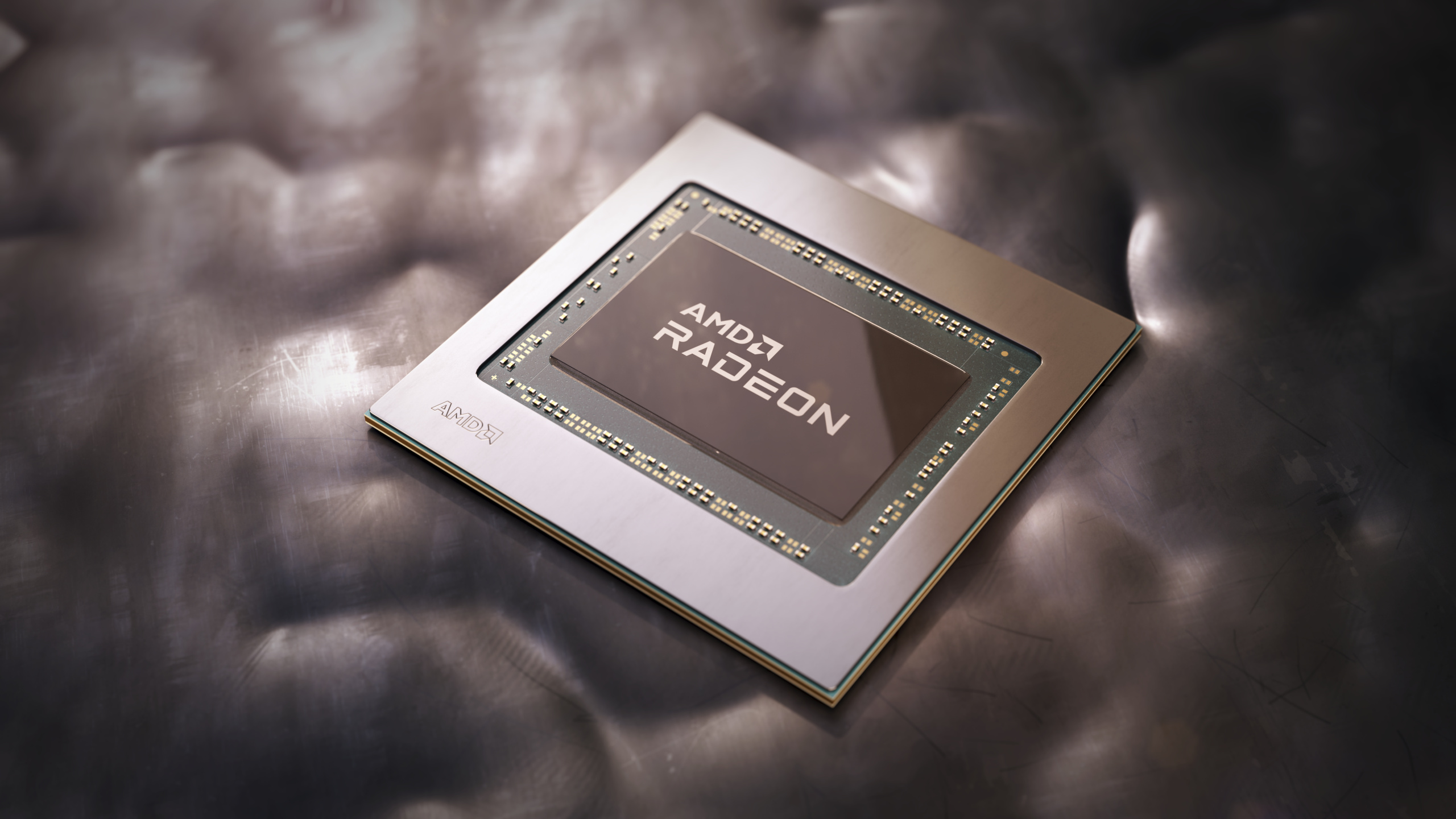Tech outlet Chips and Cheese has published a new study that compares the memory latency between AMD and Nvidia’s latest graphics cards. The results paint RDNA 2 with a lower memory latency in comparison to Ampere. But it should be noted that lower latency may not directly correlate with real-world performance.
Similar to processors, modern graphics cards leverage a multi-level cache hierarchy system. Ampere sticks to a more traditional setup with a L1 and L2 cache. RDNA 2 (Big Navi), on the other hand, has the L0, L1, L2 and Infinity Cache, which essentially acts as L3 cache. Both architectures leverage contrasting designs so it’s interesting to see which comes out on top. On paper, RDNA 2 has more levels to go through on the way to the memory.
To measure the memory latency with graphics cards, Chips and Cheese utilized a methodology that’s normally applied to processors. The publication used pointer chasing benchmarks in OpenCL to assess both the cache and memory latency. The outlet used the Radeon RX 6800 XT and GeForce RTX 3090 as test rabbits.
In general, RDNA 2 had lower memory latency as compared to Ampere on all levels. Chip and Cheese’s results confirmed that the Infinity Cache only added an extra 20ns penalty over a L2 hit. RDNA 2’s memory latency was in the same ballpark as Ampere, despite having to go through more cache levels to reach its destination.
Traveling from the L1 cache to the L2 cache on Ampere requires over 100ns. In comparison, RDNA 2’s L2 cache is only 66ns apart from its L0 cache, regardless of having a L1 cache in between them.
Chip and Cheese concluded that it requires a lot of cycles to circulate the GA102 die, given its size (628 mm²). The publication thinks that RDNA 2’s low-latency L2 and L3 caches give it an edge over Ampere in small workloads. This could explain why RDNA 2 graphics cards excel in gaming at lower resolutions.
